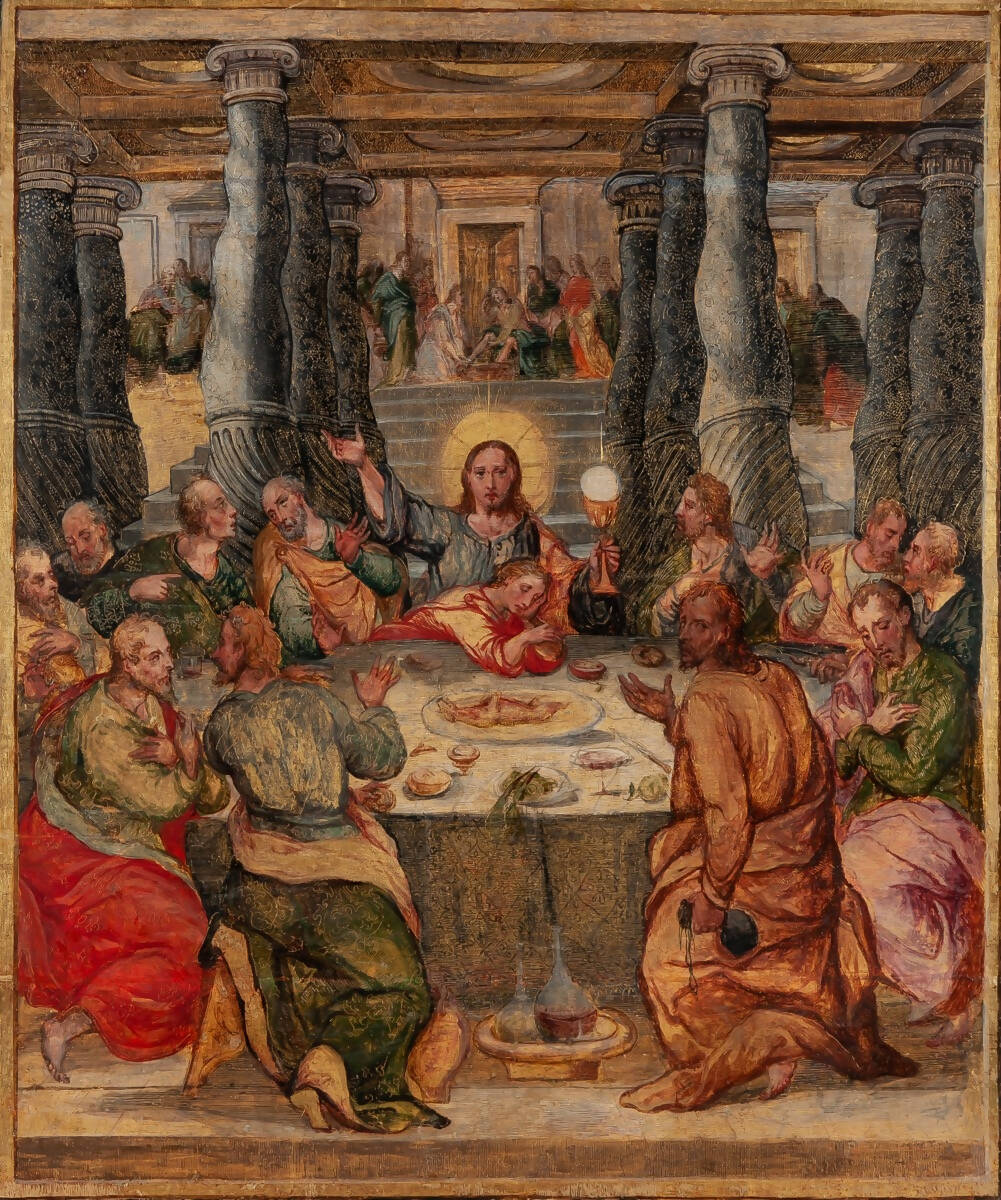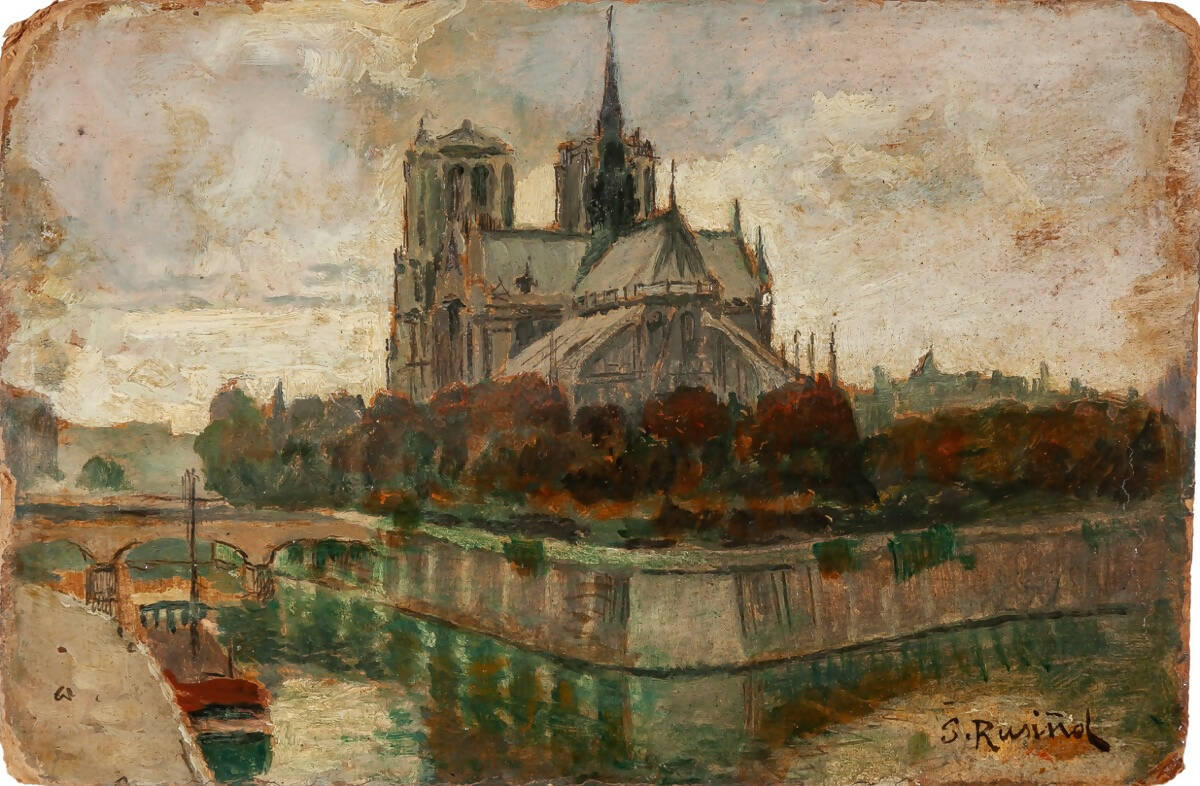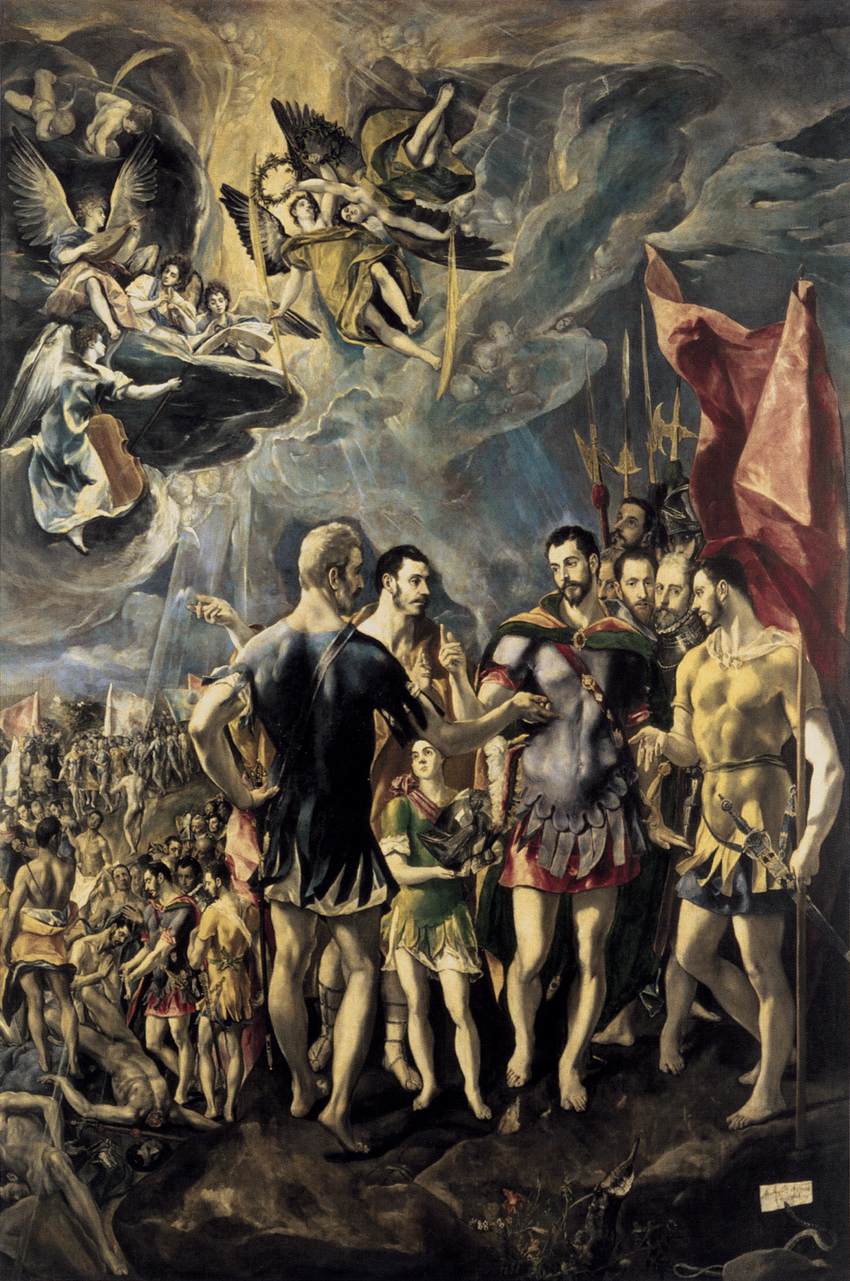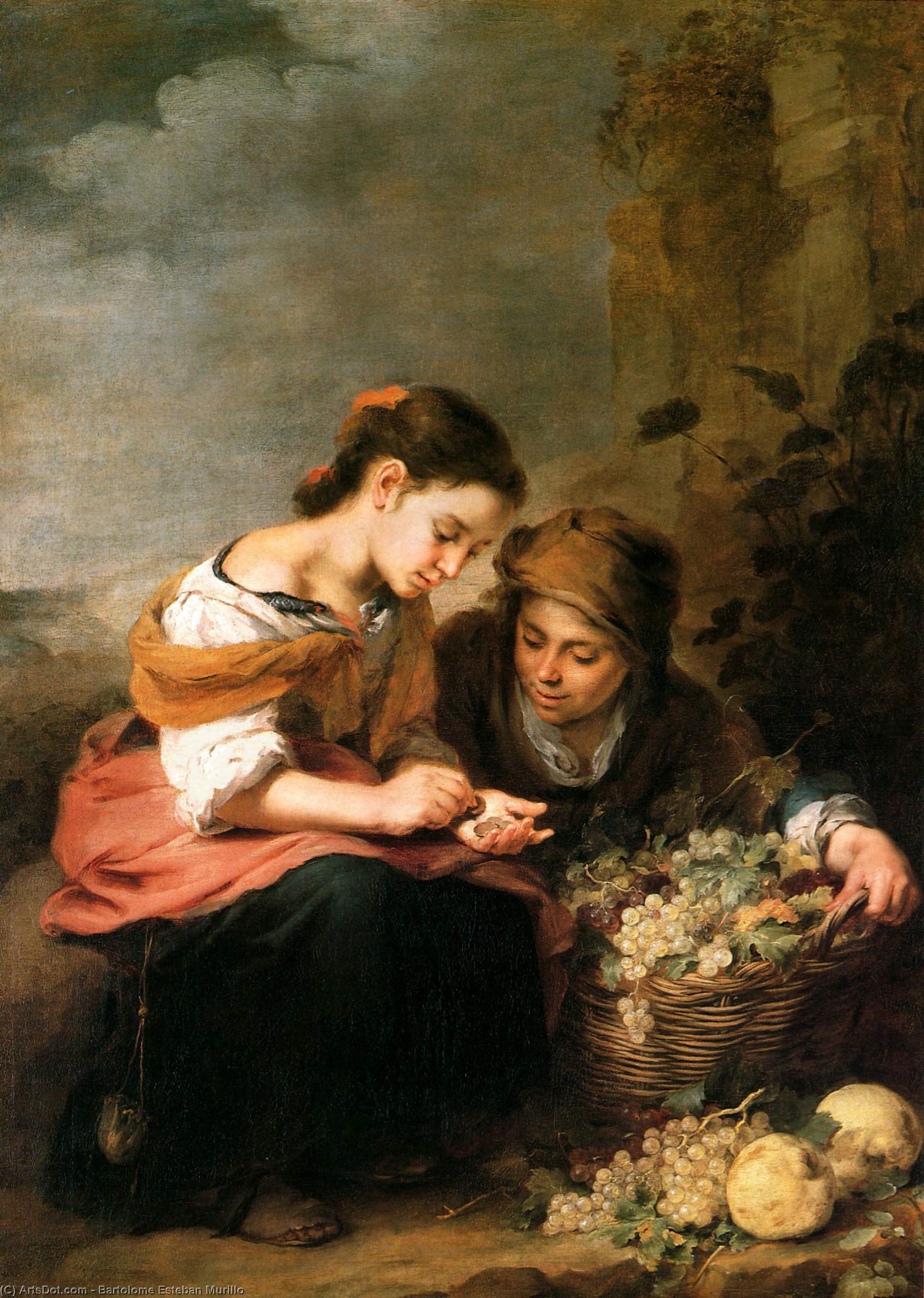
The history of European art is punctuated by a series of movements and schools that have left indelible marks on artistic expression over the centuries. Among these movements, the Escola Espanhola of the 16th Century emerges as a remarkable and intriguing window into the creativity and culture of the time. This period of artistic flowering in Spain, which spanned the European Renaissance, was enriched by a unique mix of cultural, religious and political influences, resulting in a diverse body of artwork that resonates to this day.
A Escola Espanhola of the 16th century not only witnessed the richness and complexity of the transformations that took place in Spain at the time, but also contributed significantly to the European artistic panorama. With deep roots in Italian Renaissance heritage, Spanish art of this period absorbed influences from both within and outside the Iberian Peninsula, resulting in a fascinating and unique synthesis of styles, themes and techniques.
In this article, we will explore the various facets of this artistic movement, from its origins and influences to its main stylistic characteristics.
As we delve into the world of Escola Espanhola of the 16th Century, it will be clear that this period was much more than a mere artistic expression. It was a manifestation of the cultural richness and profound spirituality of 16th-century Spain, an enduring testament to the creative skill of its artists and the eternal relevance of their works. As we examine this golden age of Spanish art, we will be transported to a period of artistic splendor and innovation that continues to delight and enrich our understanding of European art history.
Historical and Cultural Context in 16th Century Spain
The 16th century marked a period of profound transformation in Spanish history, and this historical and cultural context played a fundamental role in the evolution of Escola Espanhola of art. To fully understand the origins and importance of this artistic school, it is essential to explore the complex context that shaped Spain during this era.
Spanish Unification and the Catholic Monarchs
At the end of the 15th century, Spain was a mosaic of kingdoms, with a history rich in cultural diversity and influences. The unification of Spain began with the marriage of Isabella of Castile and Ferdinand of Aragon in 1469, which united two of the most powerful kingdoms in the Iberian Peninsula. Together, they were called "Catholic Kings" and undertook a series of political, administrative and religious reforms to consolidate their power.
The influence of the Catholic Church played a significant role in this unification process. In 1492, the Catholic Monarchs completed the Reconquista, recovering the last Muslim territory in the Iberian Peninsula. Furthermore, that same year, they supported Christopher Columbus' expedition, which led to the discovery of the Americas. This period of territorial expansion and exploration marked the beginning of Spanish dominance on the world stage.
Spanish Inquisition and Catholicism
In the cultural and religious context, the Catholic Church played a dominant role in Spanish life. In 1478, the Catholic Monarchs established the Spanish Inquisition, an ecclesiastical court charged with maintaining religious orthodoxy in Spain. This had a profound impact on society, leading to the persecution of non-Catholic religious groups such as the Jews and the Moors.
Religious fervor and Catholic orthodoxy also influenced the art of the time. Many of the works produced by Escola Espanhola of the 16th century were religious in nature, reflecting Spanish society's deep devotion to the Catholic faith.
The Spanish Renaissance
Spain also experienced a wave of cultural and artistic renewal during the 16th century, parallel to the European Renaissance. Spanish artists traveled to Italy and other Renaissance centers, absorbing influences and techniques that would influence their own work. This resulted in the creation of a distinctive style, which combined Renaissance elements with Spanish sensibility.
In this context, the Escola Espanhola of art stood out as a reflection of the complex interactions between politics, religion and culture that characterized 16th century Spain. The historical and cultural context of the time played a crucial role in shaping the artworks of this school and in understanding their lasting importance in the history of European art.
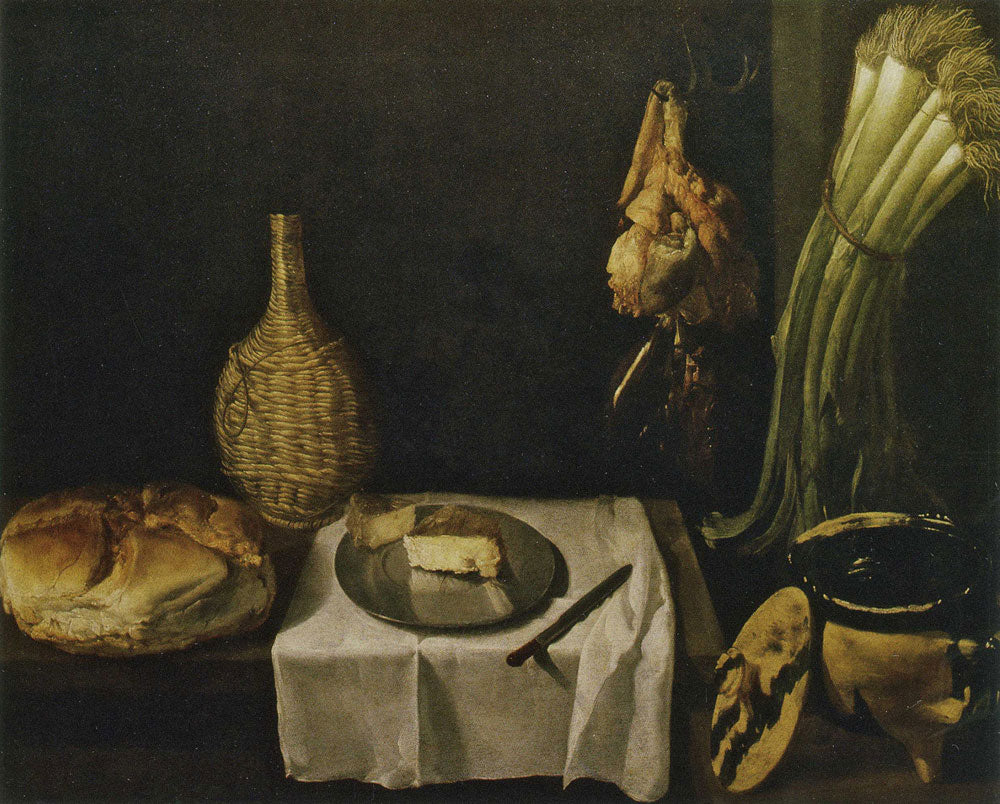
Themes in the Art of Escola Espanhola from the 16th century
A Escola Espanhola The 16th century produced a rich and diverse range of works of art, reflecting the cultural influences and interests of the time. Within this artistic scene, several themes and motifs stood out, representing the concerns and passions of Renaissance Spain. The four most common themes in the works of this school are portraits, religious scenes, mythology and still life.
1. Portraits
Portraits occupied a prominent place in the artistic production of Escola Espanhola from the 16th century. Portraits were commissioned by individuals from the nobility, clergy and intellectuals, and served not only as realistic representations of the figures, but also as symbols of status and power. Spanish artists, such as Diego Velázquez, were masters at capturing the psychology and personality of those portrayed. These works often depicted complex facial expressions and minute details, revealing the character and dignity of the subjects.
2. Religious Scenes
Given the profound influence of the Catholic Church in 16th-century Spain, it is not surprising that religious scenes were a central theme in the art of this era. Religious works ranged from portraits of saints and martyrs to depictions of significant biblical events such as the Crucifixion or the Annunciation. These religious paintings not only expressed Spain's fervent devotion to the Catholic faith, but were also often used as propaganda tools by the Church to convey its message and doctrine.
3. Mythology
Classical mythology also played an important role in the works of Escola Espanhola from the 16th century. Artists such as El Greco incorporated elements of Greek and Roman mythology into their paintings, often mixing them with religious themes. Myths such as Greek gods and mythological heroes were explored in an attempt to connect Spanish culture with the rich heritage of classical antiquity.
4. Still Life
Although not as prominent as other subjects, still life also found its place in 16th-century Spanish art. Still life paintings featured everyday objects such as fruits, flowers, household objects and food. Although these works may appear simple at first glance, they often contained occult symbolism and were used to explore themes such as the ephemerality of life and the fleeting nature of material wealth.
These themes and motifs represent the thematic diversity of Escola Espanhola from the 16th century, reflecting both the cultural and religious influences of the time and the technical skill and creativity of the artists. Each category of work provides a window into Spanish society at the time and its complex interaction with European Renaissance art and culture.
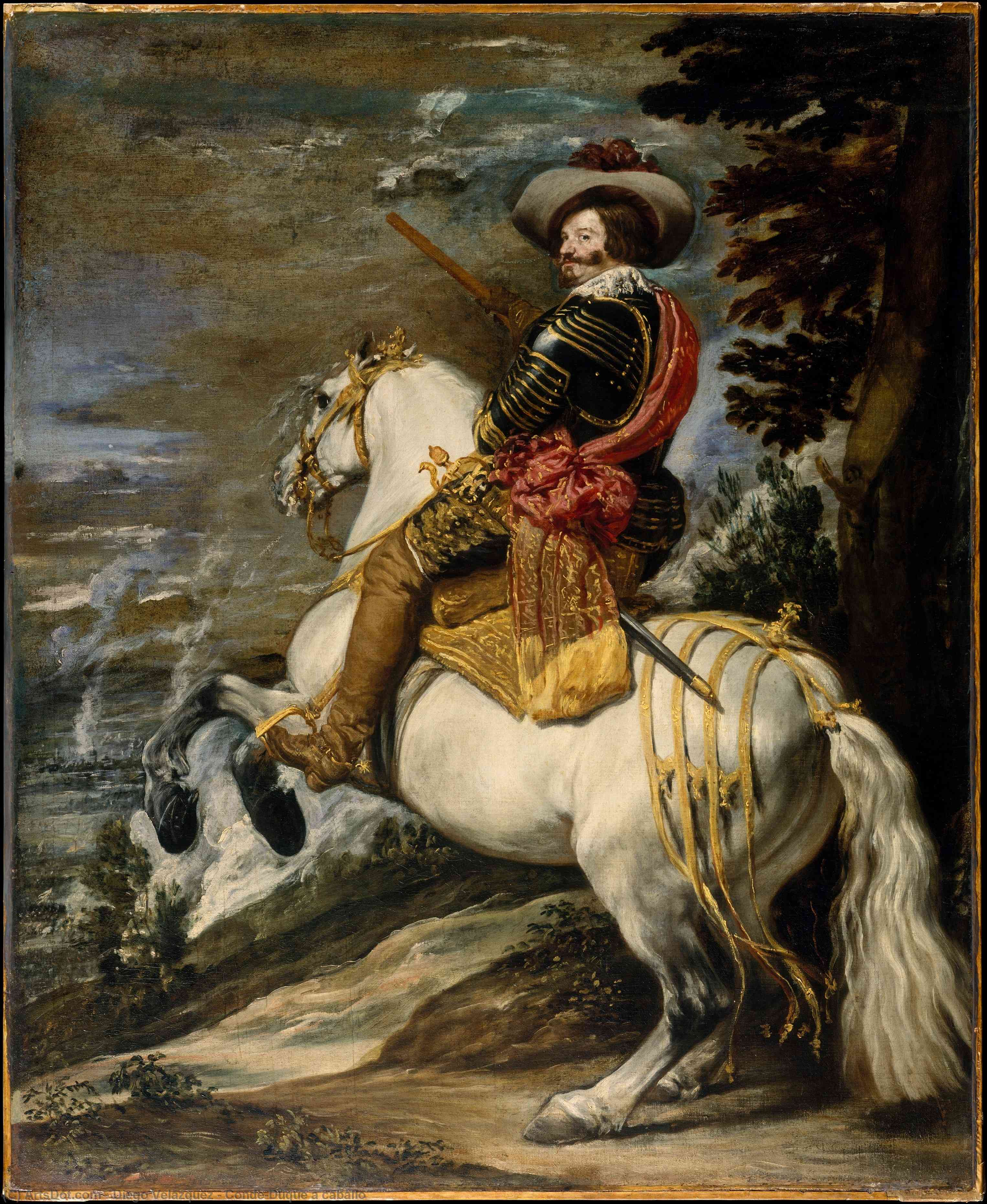
Techniques and Innovations in the Art of Escola Espanhola from the 16th century
A Escola Espanhola of the 16th century was characterized by a high level of technical skill and artistic innovation that contributed to the uniqueness of its works. Spanish artists of the period employed a series of notable techniques that stood out in their paintings and sculptures.
Use of Light and Shadow
Spanish artists in the 16th century mastered the technique of chiaroscuro, which involves the effective use of light and shadow to create depth and volume in their works. This allowed his paintings to take on a three-dimensional feel, making them more realistic and immersive. The master of chiaroscuro in Escola Espanhola he was Diego Velázquez, whose works, such as "As Meninas", display this technique masterfully.
Minute Details
Meticulous attention to detail was a distinguishing feature of Escola Espanhola from the 16th century. Artists strived to accurately represent human anatomy, clothing, objects, and even textures. This was especially evident in portraits, in which every wrinkle, fold of clothing, and facial expression was carefully crafted to create an accurate and emotionally rich depiction.
Perspective and Composition
Linear perspective was an important technique that allowed artists to create the illusion of depth in their paintings. Often used to represent landscapes, architecture and complex scenes. Bartolomé Esteban Murillo, for example, applied perspective remarkably in his compositions, making them visually impactful and harmonious.
Use of Colors
Spanish artists also demonstrated great mastery in the use of colors. Their palettes ranged from soft, delicate tones to vibrant, rich colors. Some artists, like El Greco, were known for their dramatic, contrasting tones, while others preferred more subtle, earthy palettes. This variety of color approaches allowed for the expression of a wide range of emotions and atmospheres in the works.
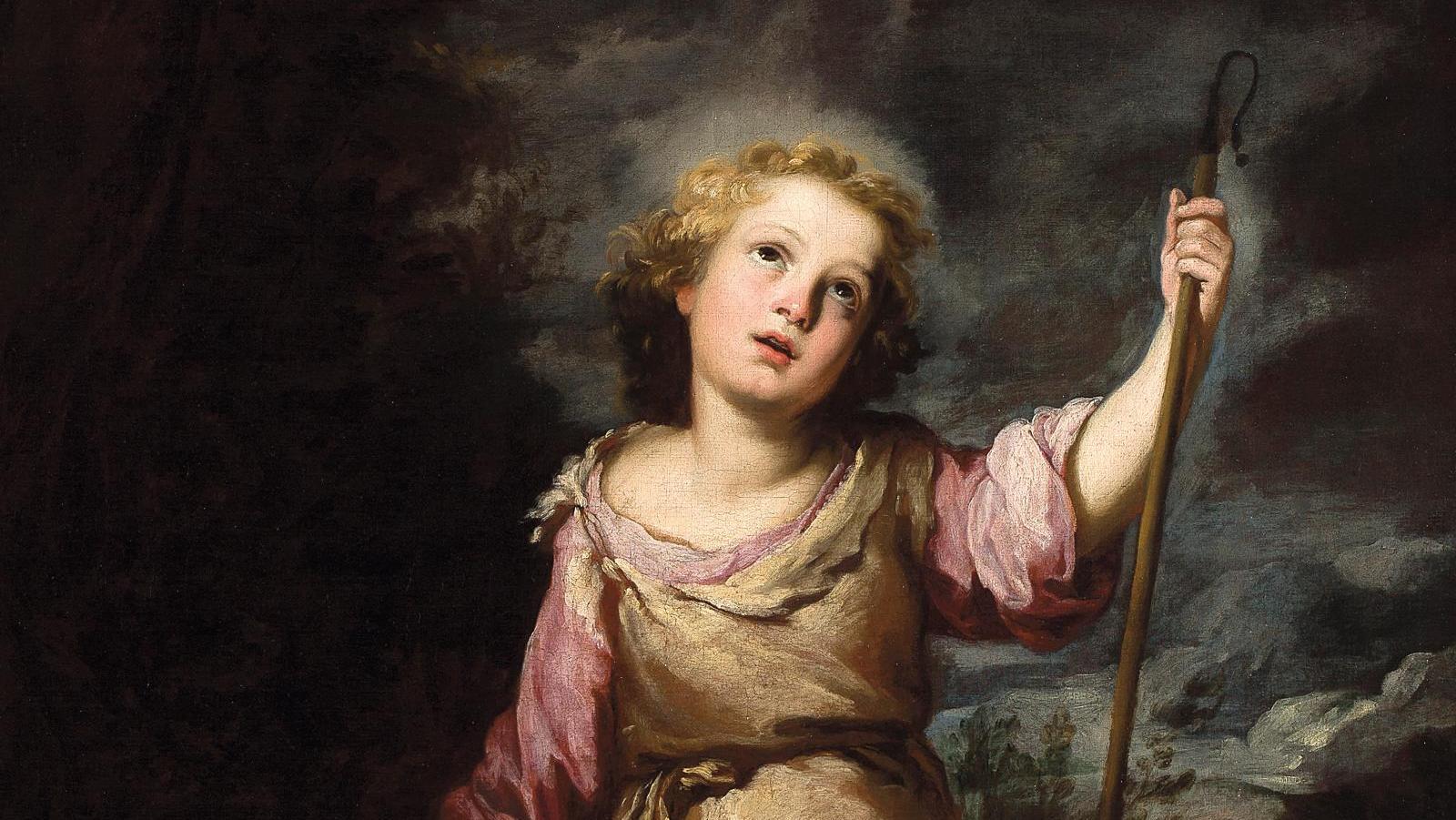
Main Artists of Escola Espanhola 16th century
A Escola Espanhola The 16th century produced a remarkable generation of artists, each with their own unique style and significant contributions to the history of art.
El Greco
El Greco, whose real name was Doménikos Theotokópoulos, was a 16th century Greek-Renaissance painter, prominent in Spain. He was born in 1541 in Crete, part of the Venetian Empire, and his unique style, with elongated figures and vibrant colors, left a lasting mark on art. His works were predominantly religious themes, with emotional expression and skillful use of light and shadow. El Greco influenced modern movements such as expressionism and surrealism. His iconic works include "The Burial of the Count of Orgaz" and "The Estate of Christ." He died in 1614 in Toledo, Spain, and his contribution to the history of art is widely celebrated.
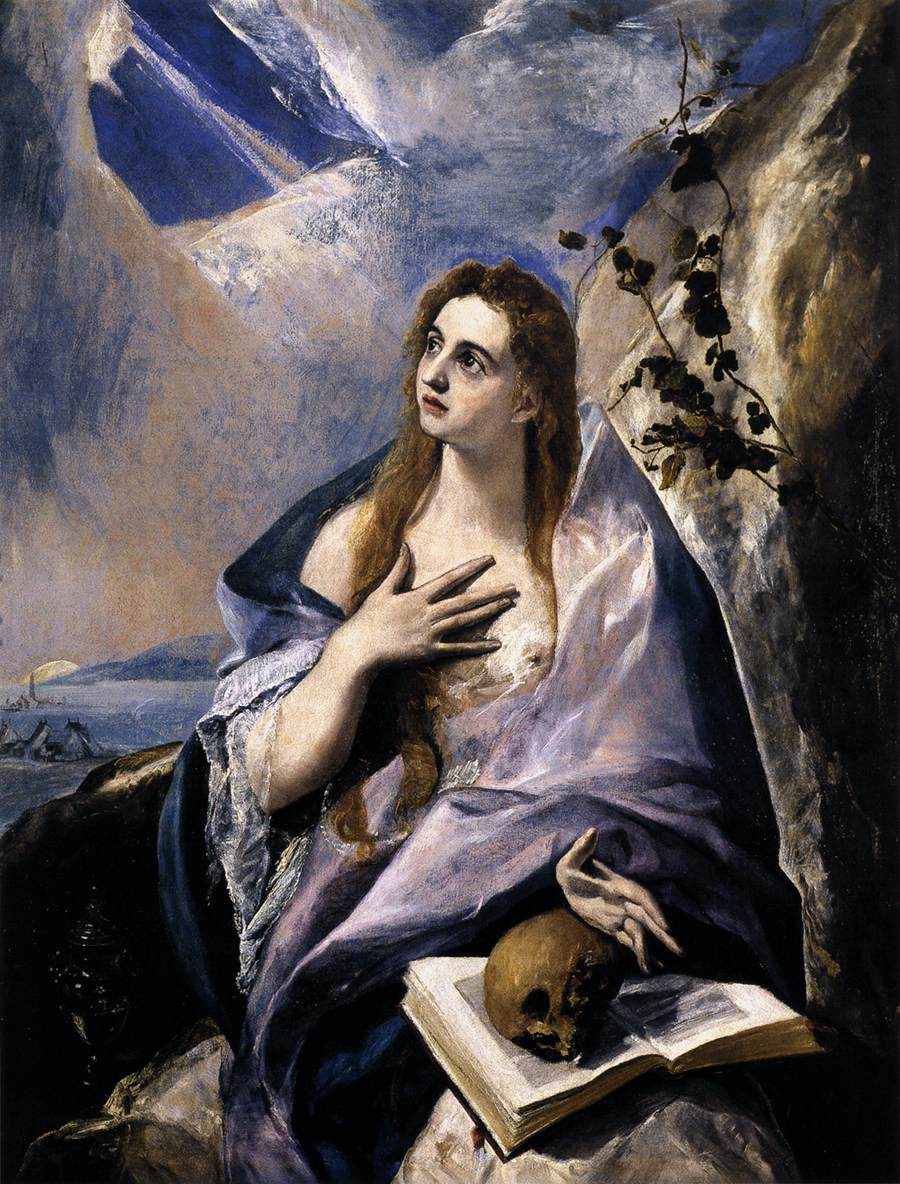
Diego Velázquez
Diego Velázquez was a renowned Spanish painter of the 17th century, known for his technical mastery and contributions to realism in painting. Born in Seville in 1599, he became the official painter of the Spanish court under the reign of Philip IV. His most famous work, "Las Meninas," is one of the most iconic paintings in the history of art, characterized by its complexity and skillful use of chiaroscuro. Velázquez influenced a number of artists over the centuries, leaving a lasting legacy on European art.
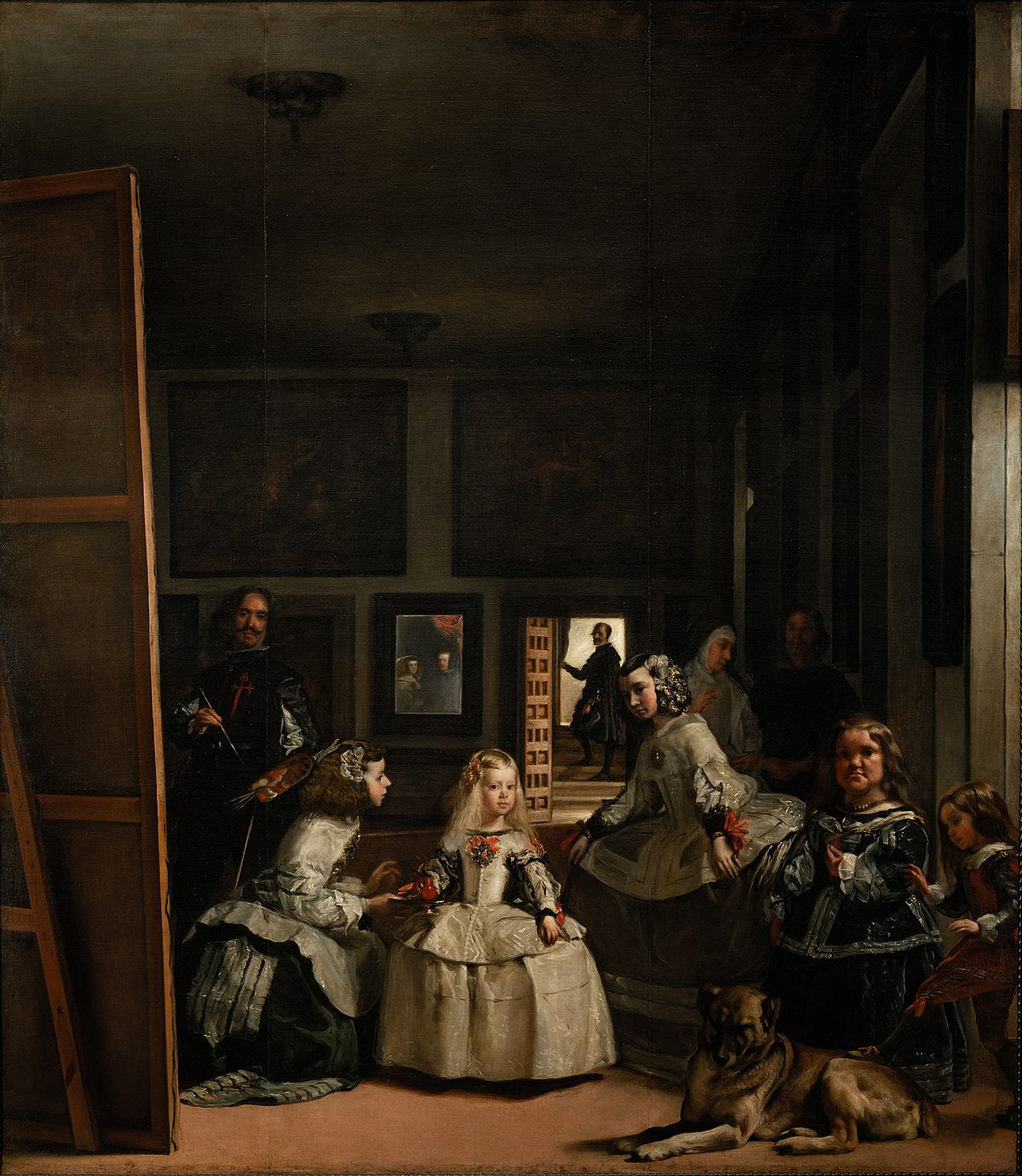
Bartolomé Esteban Murillo
Bartolomé Esteban Murillo was a 17th-century Spanish painter known for his religious works and everyday scenes. Born in 1617 in Seville, Spain, his career was noted for his ability to create emotional portraits of children and his soft, graceful depiction of everyday life. Bartolomé Esteban Murillo left a significant legacy in the history of Spanish and European art, and his works are appreciated for their beauty and humanism. He died in 1682 in Seville, where his artistic influence continues to be celebrated.
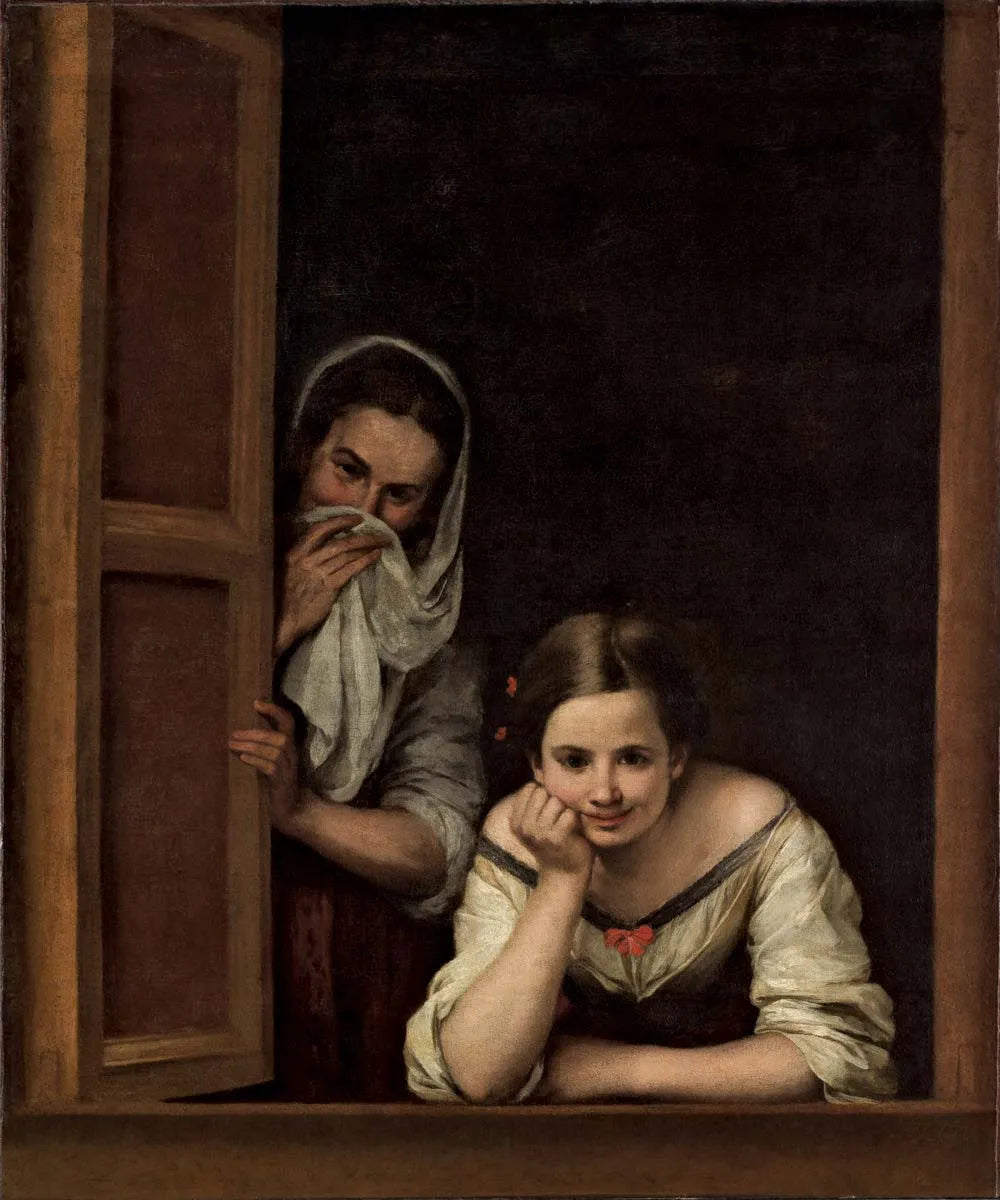
Legacy and Influence of Escola Espanhola 16th Century Spanish and European Art
A Escola Espanhola of the 16th century, with its wealth of artistic talent and thematic diversity, it left a deep and lasting mark on the history of art. The impact of this school on subsequent Spanish art and its contribution to the European artistic scene in general are testaments to the influence of its main artists and their technical innovations.
The Legacy in Spanish Art
The influence of Escola Espanhola of the 16th century in subsequent Spanish art is undeniable. The artists who emerged from this period of artistic flowering continued to shape Spain's artistic tradition for centuries to come. Some of the most notable aspects of this legacy include:
1. Realism and the Technique of Light and Shadow
Diego Velázquez, one of the great masters of Escola Espanhola, perfected the chiaroscuro technique, which involves the careful use of light and shadow to create depth and volume in his works. This technique influenced numerous Spanish painters, such as Francisco Goya in the 18th century, who used it to portray the brutal reality of war and human psychology.
2. The Portrayal of Everyday Life
Bartolomé Esteban Murillo, known for his gentle and graceful depictions of everyday life and religious scenes, left a significant impact on later Spanish art. His humanistic and accessible approach to painting influenced many artists who followed his path, such as Juan Gris and Joaquín Sorolla.
3. Mysticism and Expressivism
El Greco, with his highly stylized and spiritual approach, anticipated many later artistic movements, including expressionism and surrealism. His work was a source of inspiration for modern artists such as Pablo Picasso It is Salvador Dalí, who valued emotional expression and symbolism in their paintings.
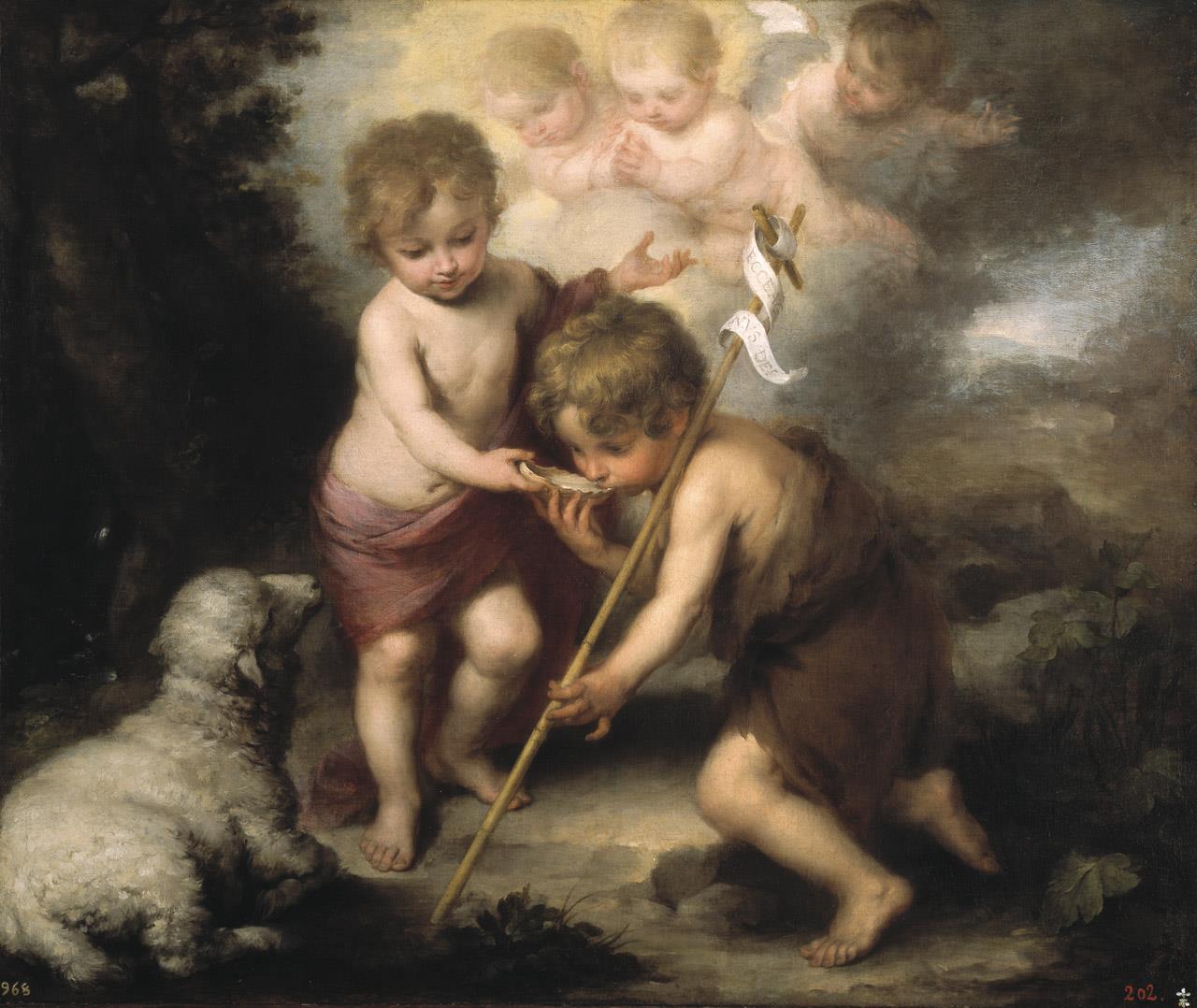
Contribution to European Art
A Escola Espanhola of the 16th century also left an indelible mark on European art, contributing to the evolution of aesthetics and artistic techniques throughout Europe. Some notable aspects of this contribution include:
1. The Use of Light and Shadow
Spanish artists' mastery of the technique of light and shadow influenced painters across Europe to explore the representation of depth and form in more realistic ways. This had a direct impact on the development of Baroque in European art, which embraced the drama of light and shadow as an expressive tool.
2. The Reinterpretation of the Classic
The unique combination of classical and religious elements in the art of Escola Espanhola of the 16th century influenced the return to classicism in European art in the late 18th and early 19th centuries. Neoclassical artists such as Jacques-Louis David found inspiration in the classical and austerely spiritual representation of the Spanish masters.
3. The Expression of the Subjective
The search for emotional and subjective expression in the work of Spanish artists such as El Greco contributed to the emergence of the romantic movement in European art. Romantic artists, such as Caspar David Friedrich, embraced the idea that art could convey deep moods and emotions.
The legacy of Escola Espanhola of the 16th century in Spanish and European art is a testament to his lasting influence and artistic versatility. The innovative techniques, varied themes and emotional expressiveness of these masters continue to inspire artists and enrich the art world, thus perpetuating their importance in the history of world art. As a beacon of creativity and originality, the Escola Espanhola from the 16th century continues to shine on the global artistic landscape.

